10 Wildflowers That Grow in Mississippi (Identification Guide with Pictures)
-
Kristin Hitchcock
- Last updated:
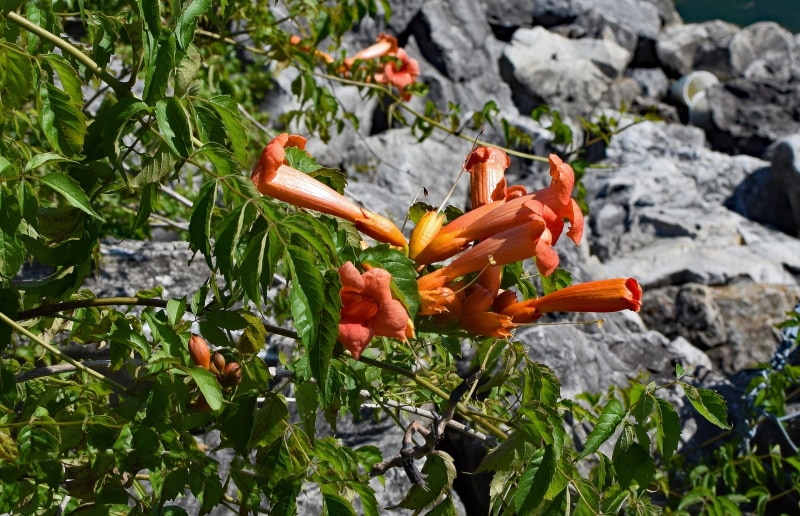
There are many different native wildflowers in Mississippi. Many of these flowers aren’t around for the whole year. However, you may spot them at specific times alongside the road or even in your own yard. Like all plants, these flowers prefer to grow in specific places. Therefore, where the flower is growing may tell you a lot about what the flower is.
Without further ado, here are some of the most common flowers in Mississippi.
The 10 Types of Wildflowers That Grow in Mississippi
1. Common Yarrow
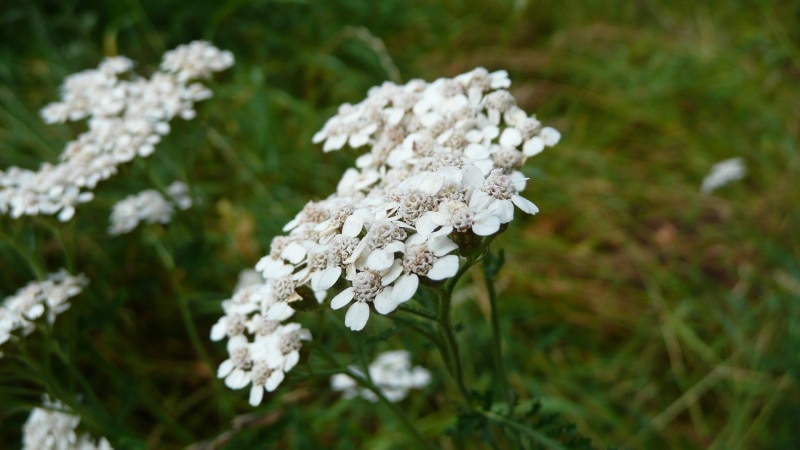
| Scientific Name | Achillea millefolium |
The herb blooms with small, white flowers in large clusters. It comes twice a year in the cooler weather of fall and spring. You’ll often find it on the side of the road where it is sunny. However, this plant can also flourish in part shade areas.
This plant prefers dry conditions. Therefore, it prefers well-draining soil.
2. Wild Red Columbine
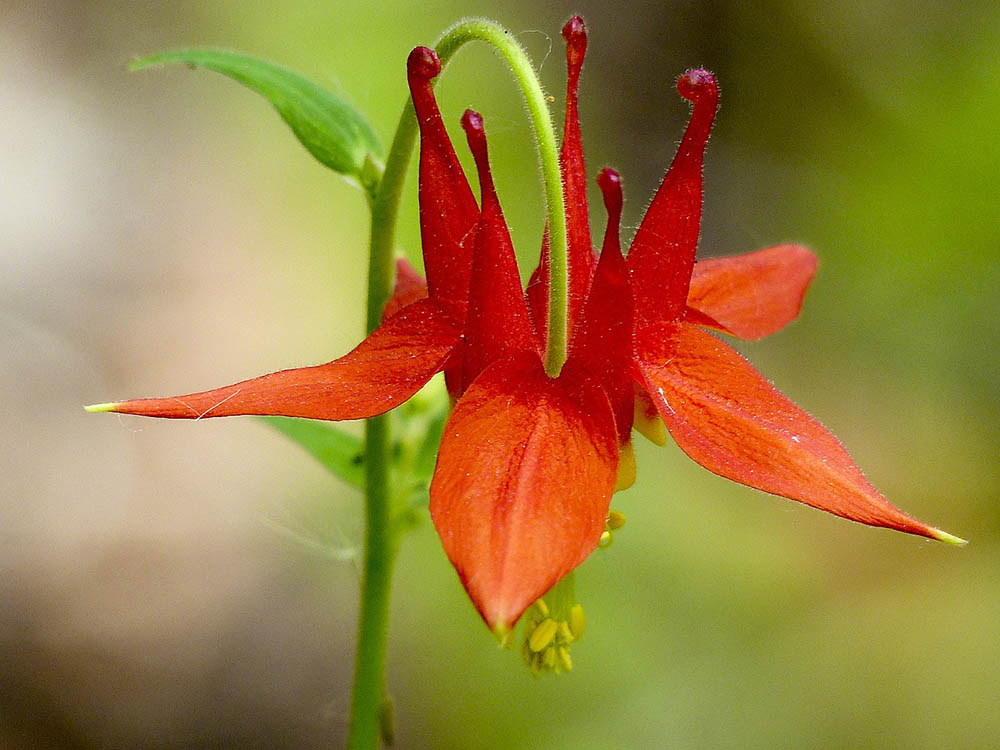
| Scientific Name | Aquilegia canadensis |
This very interesting flower also blooms twice a year. It prefers full shade to partial shade and requires dry soil. It doesn’t do well in areas that are prone to flooding.
This flower is a member of the buttercup family, which is pretty obvious from the flower’s shape. The plant grows up to two feet tall, and the flowers bloom at the very tip of the stem. The blooms themselves are about 2 inches long and vary in color.
3. Firewheel

| Scientific Name | Gaillardia pulchella |
This plant is named after its intense red and yellow coloration. It’s an easy flower to notice and identify due to its unique and bright color. Like many flowers on this list, this plant prefers dry soil. The blooms look best when in full sun, but the plant will also grow in part shade. The stem features small hairs and often has many different branches.
The flowers only bloom during the summer. However, in rainier seasons, they may continue through some of the fall, too.
4. Plains Coreopsis
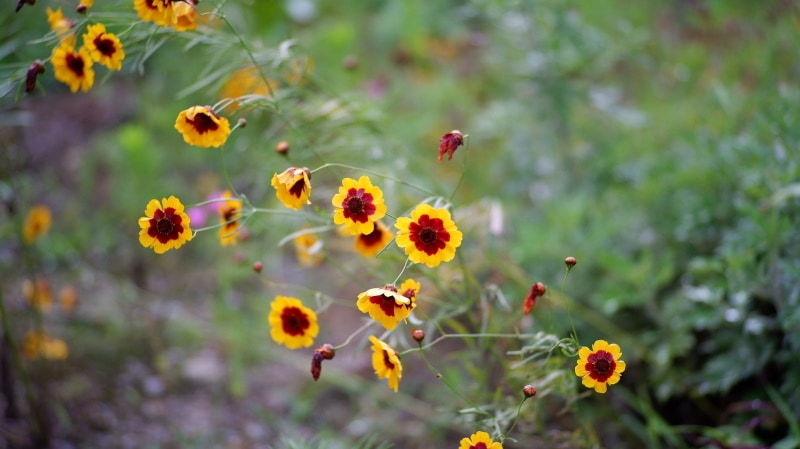
| Scientific Name | Coreopsis tinctoria |
These red and yellow flowers like moist soil and plenty of sun. The flowers are very showy, which makes them easier to identify. The stems can reach up to 2 feet, though one foot is also common. Each flower is very small, but they bloom abundantly on every plant. Therefore, they usually appear in larger patches.
These flowers bloom twice a year in some areas. However, in many areas, they only bloom from April to June. Many people utilize them as ornamentals for landscaping. However, they are also easy to find naturally.
5. Red Milkweed
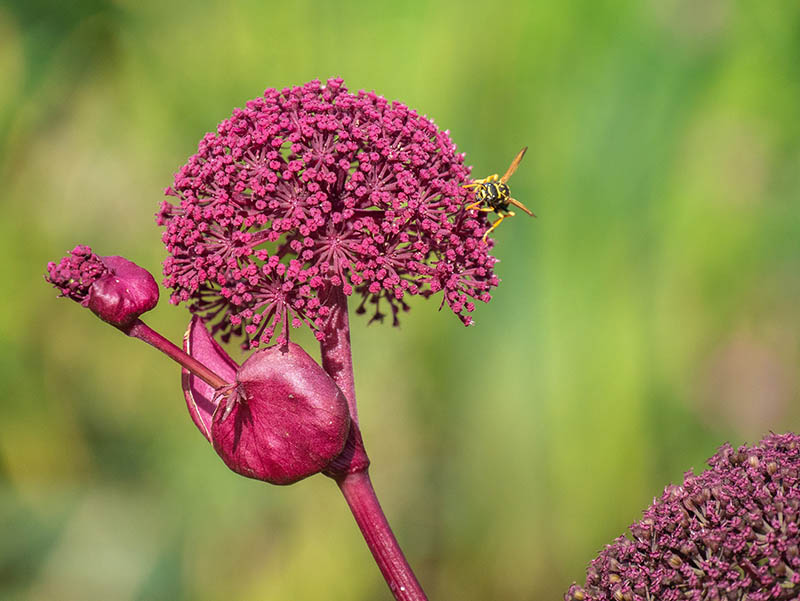
| Scientific Name | Asclepias lanceolata |
Red Milkweed blooms every year in about the same spot. It likes very damp soil and full sun, so you’ll often find it on the side of the road where the trees have been cleared. You’ll see it sprouting in ditches and even next to larger bodies of water.
This plant is fairly common along the coastal plains, as well. It seems more tolerant to salt than other plants.
The plants grow quite tall at up to 5 feet. The leaves are long and thin. However, the bright orange and yellow flowers on top make this plant easy to identify. These flowers have an interesting shape, which is why they are often used for landscaping purposes.
6. Orange Milkweed

| Scientific Name | Asclepias tuberosa |
While this plant does look a bit like red milkweed, it is very orange. Therefore, it is easy to tell the two plants apart. This herb returns to the same area each year, assuming the correct conditions. Butterflies love this plant, so it’s a great option for butterfly gardens.
The flowers on top grow in clumps and appear rather bushy. This plant is smaller than the red milkweed, reaching only 2 feet maximum. The flowers are only a couple of inches long, as well.
Despite being a milkweed, this plant doesn’t actually produce a milky sap—which is the substance that gave the family its name.
7. Sand Coreopsis
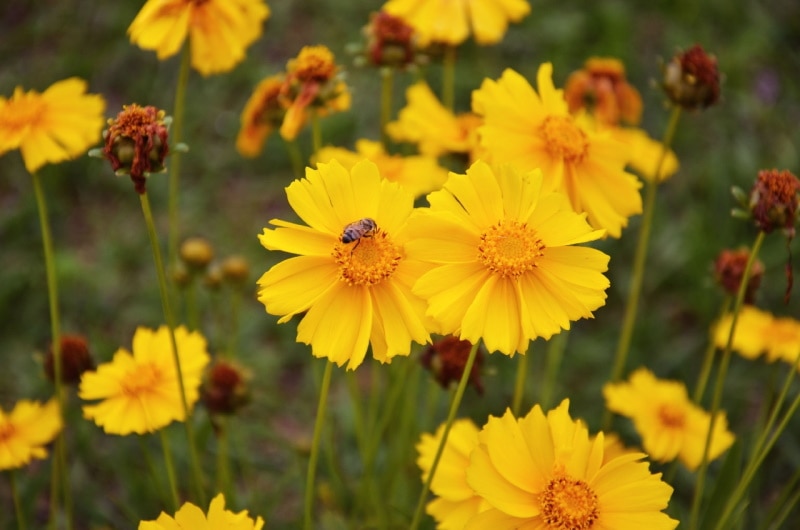
| Scientific Name | Coreopsis lanceolata |
This interesting plant is similar to the other coreopsis on this list. It returns to the same area each year and thrives in many different growing conditions. While it needs dry soil, it isn’t particular about how much sun it gets.
Many different insects are attracted to this flower. For instance, you’ll find bees, butterflies, and even beetles visiting the blooms. Larger animals, like deer and rabbits, also like to feed on the leaves. Luckily, this plant grows aggressively to contend with these animals.
8. White-Mouth Dayflower
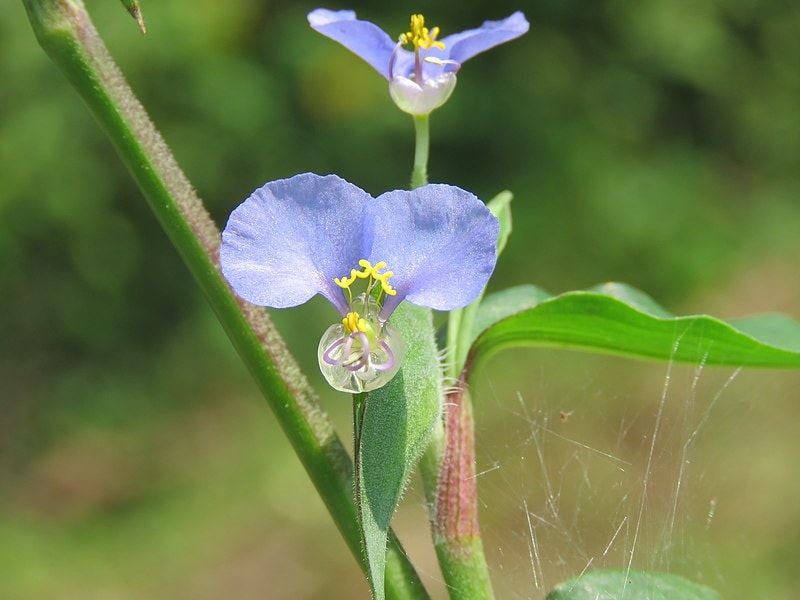
| Scientific Name | Commelina erecta |
While not technically a “wildflower,” this shrub is often identified thanks to its unique blooms. It prefers partial shade and dry soil, making it a bit tricky to find. It is more particular about its growing conditions than other plants. However, the stunning blue flowers stand out against most other plants on this list. Therefore, this plant is a great option for those looking for something a little bit different for their landscaping.
This plant doesn’t like standing upright. It will stand upright if grown next to another plant, however. Therefore, you can find it vining along other plants or growing on the ground.
9. Crossvine
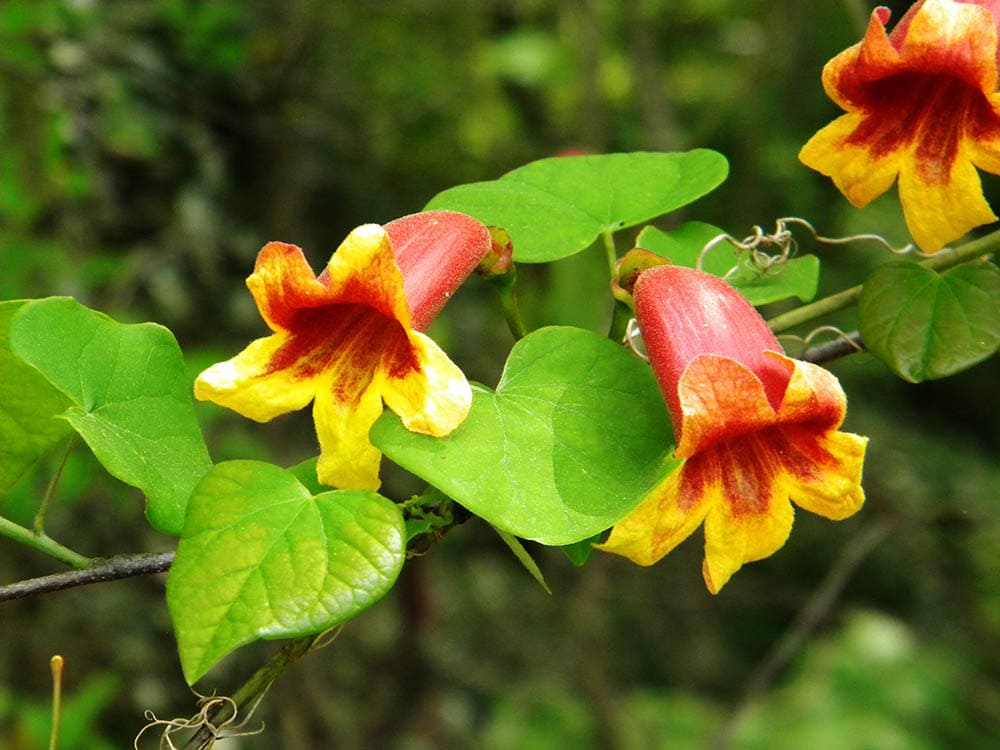
| Scientific Name | Bignonia capreolata |
This woody vine produces trumpet-shaped flowers. As the name suggests, it vines up trees. Therefore, it must grow where trees or other large plants are present. When the conditions are right, the vine can grow up to 50 feet fall. With its showy yellow flowers, this can be quite a sight.
Often, the vine blooms all the way up to the top of its reach while the bottom portion may only bloom if the conditions aren’t right. Either way, this vine is a popular option for landscaping since it grows readily and produces pretty flowers.
10. Trumpet Creeper
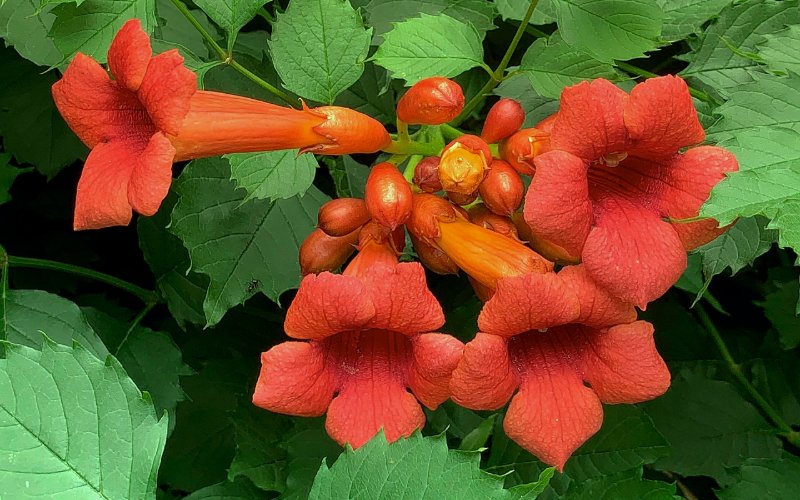
| Scientific Name | Campsis radicans |
As the name suggests, this plant is a vine that produces trumpet-shaped flowers. Since its name and physical description line up pretty closely, it’s easy to identify in most cases. This plant needs full sun to grow properly, though it can do well in any soil.
While this plant is native to most of the state, it is considered invasive in some areas. This plant grows very well, so it needs to be regulation checked if grown in a garden. Therefore, we only recommend planting it within its native range. Hummingbirds and other pollinators love this plant.
Conclusion
Mississippi is home to many interesting wildflowers. Therefore, you shouldn’t have trouble finding local flowers to populate your garden. During many months of the year, you can spot beautiful flowers along the road or hiking trails. Learning to identify these flowers is often pretty straightforward. Many of the flowers look unique compared to others.
For this reason, learning some very basic characteristics of each wildflower makes it very easy for a new naturalist to identify plants. You can also utilize these plants in your garden or landscaping, where they often perform better than invasive plants.
Featured Image Credit: Jan Haerer, Pixabay
Contents

